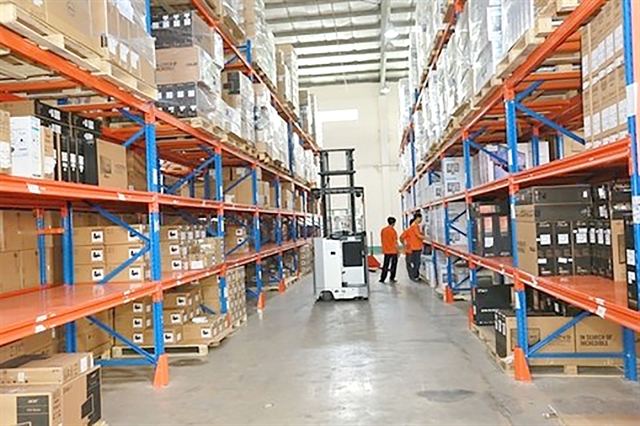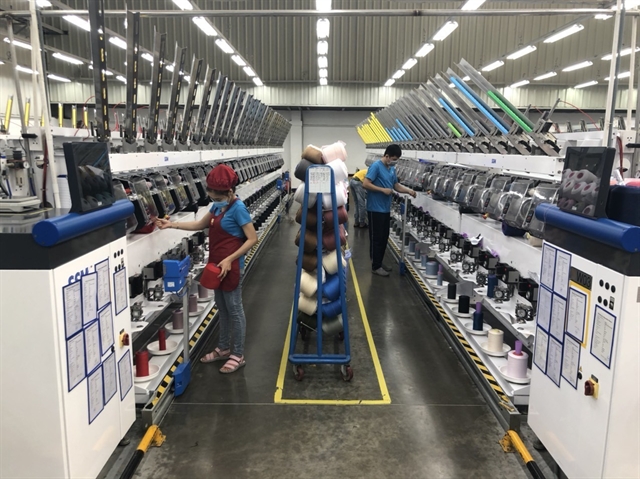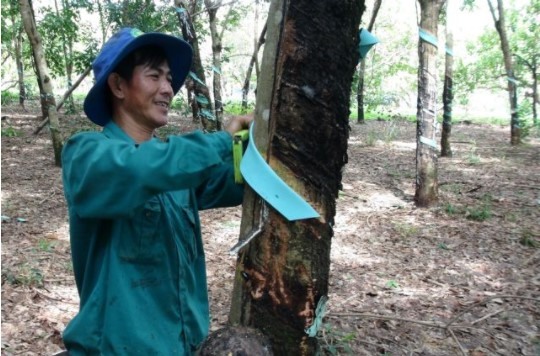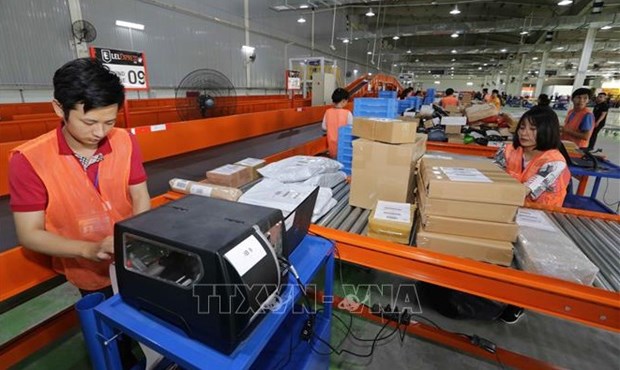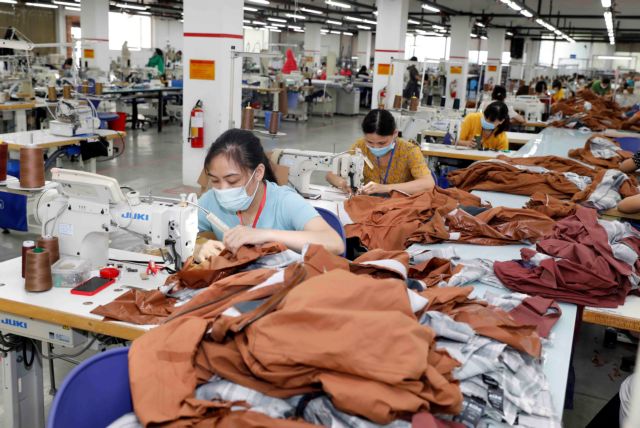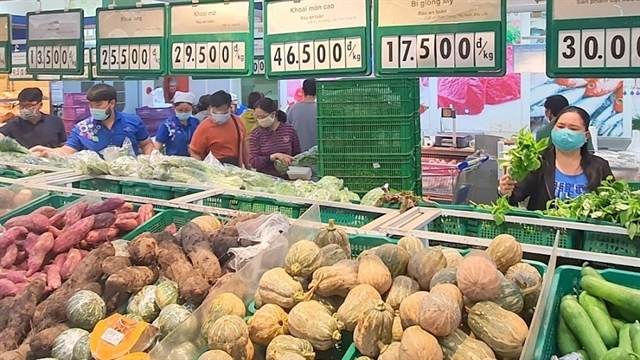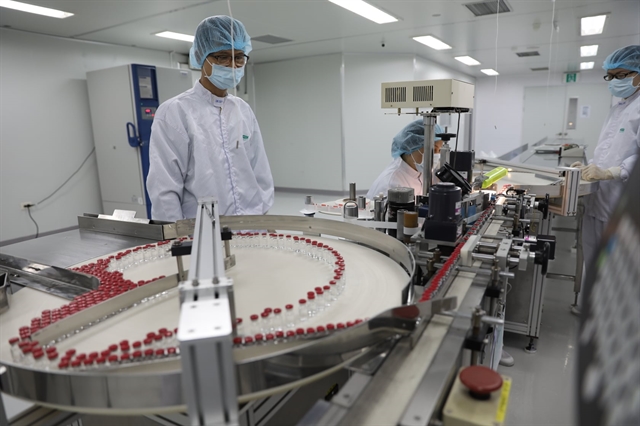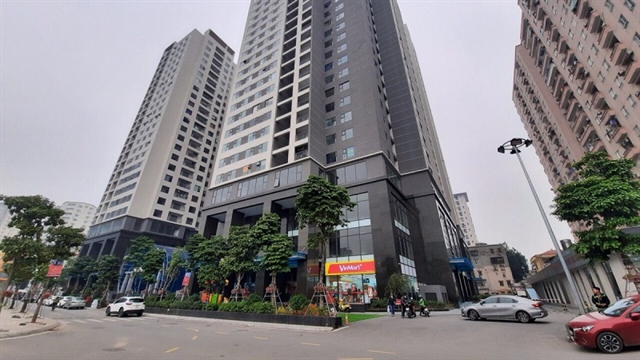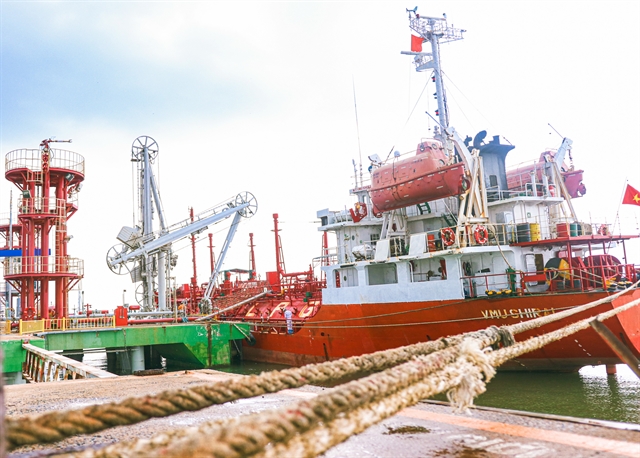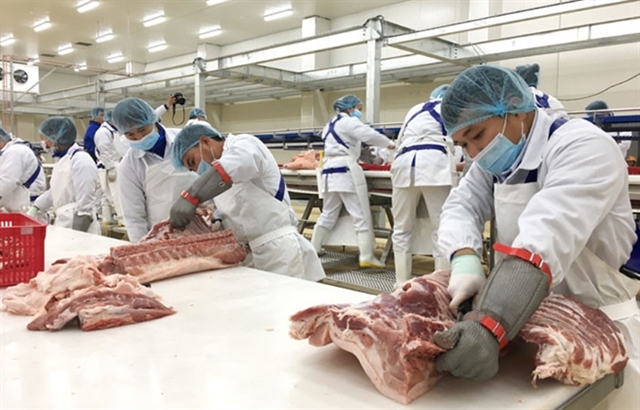
HCM CITY — The Ministry of Agriculture and Rural Development (MARD) has proposed southern cities and provinces be flexible in maintaining safety at cattle and poultry slaughterhouses and seafood processing plants.
It aims to ensure the stable operation of slaughterhouses and processing plants and that supply is sufficient to meet market needs, Deputy Minister of Agriculture and Rural Development Trần Thanh Nam said.
According to a survey conducted by the MARD's team in HCM City, at present, the supply of livestock, poultry and seafood in the southern provinces meets the consumption needs of the region and there is a surplus of seafood for export.
However, the number of livestock and poultry slaughterhouses and seafood processing factories that are shutting down or reducing their capacity is increasing due to the impact of the COVID-19 outbreak.
This reduces the food supply for the domestic market and increases the inventory of farmers and primary producers.
Nam has requested the local agricultural sector to pay attention to ensuring safety in production at livestock and poultry slaughtering facilities and seafood processing enterprises during the period of pandemics. Because once these stop working due to the COVID-19 impacts, it will disrupt the supply chain of food consumption.
The locality should not have rigid requirements on implementation plans for on-site production, dining and rest at slaughtering facilities like other enterprises producing other common goods because those facilities do not guarantee dining and rest conditions for workers as well as food hygiene and safety conditions, he said.
Instead of that, localities need to strengthen disinfection and sterilisation measures and implement the Ministry of Health’s 5K message and support for testing of employees at those facilities.
The 5K message includes wearing masks, frequent disinfection, maintaining a safe distance, refrain from gatherings and making health declarations.
MARD has also suggested that the localities prioritise COVID-19 vaccinations for workers at slaughterhouses and seafood processing plants.
At the same time, they should consider funding for COVID-19 testing at businesses as a supportive measure for them to maintain operations, ensuring continuity in the food supply chain.
According to the HCM City Department of Agriculture and Rural Development, the supply of cattle and poultry meat from slaughterhouses in the city has decreased by 60 per cent because many slaughterhouses have had to temporarily suspend their operations.
Meanwhile, the supply of meat from neighbouring localities such as Long An and Đồng Nai has decreased by 50 per cent compared to before the pandemic.
Đinh Thị Phương Khanh, Deputy Director of the Department of Agriculture and Rural Development of Long An Province, said a large volume of cattle and poultry meat at the slaughterhouses in Long An was for the HCM City market through wholesale and traditional markets. When the markets in HCM City were closed the slaughterhouses and shrimp farming facilities in Long An were unable to get rid of their stock.
Khanh said, before the COVID-19 pandemic, Long An had 45 slaughterhouses with a daily slaughter capacity of 3,000 pigs, 250 buffaloes and 160,000 units of poultry. Of which, the supply for HCM City's wholesale markets and some supermarkets included 2,100 pigs, 190 buffaloes and 110,000 units of poultry. The rest was for local consumption.
Nine poultry slaughterhouses are now closed, with only the slaughterhouse of the San Hà Co, Ltd still operating and only at two thirds its pre-COVID capacity.
San Hà's poultry slaughterhouse is increasing capacity to partially compensate for the shortage in poultry meat supply, according to a representative of San Hà.
Meanwhile, all pig and cattle slaughterhouses have reduced their capacity to only 10-20 per cent. At present, only Massan's slaughterhouse increased its capacity, aiming to reach 600 pigs per day. VNS

